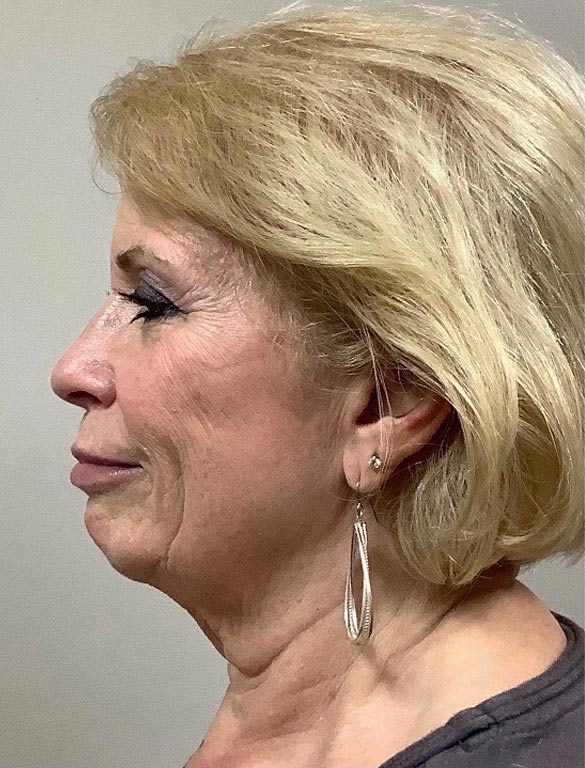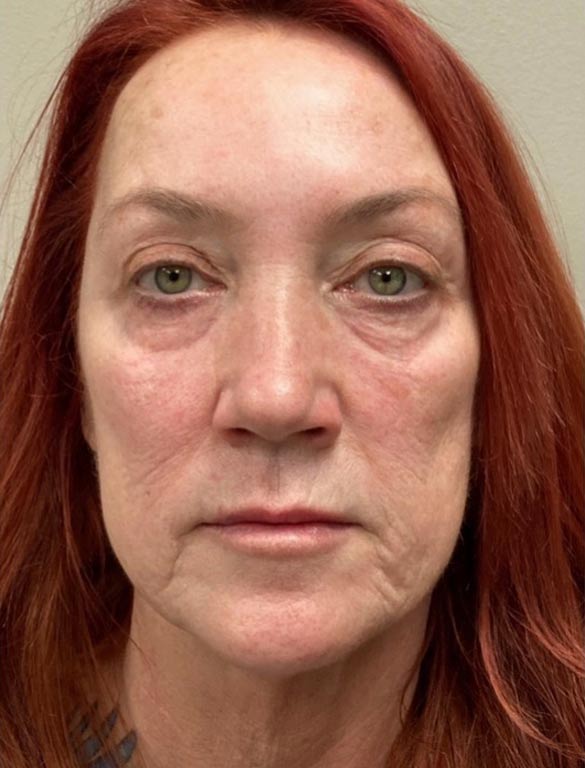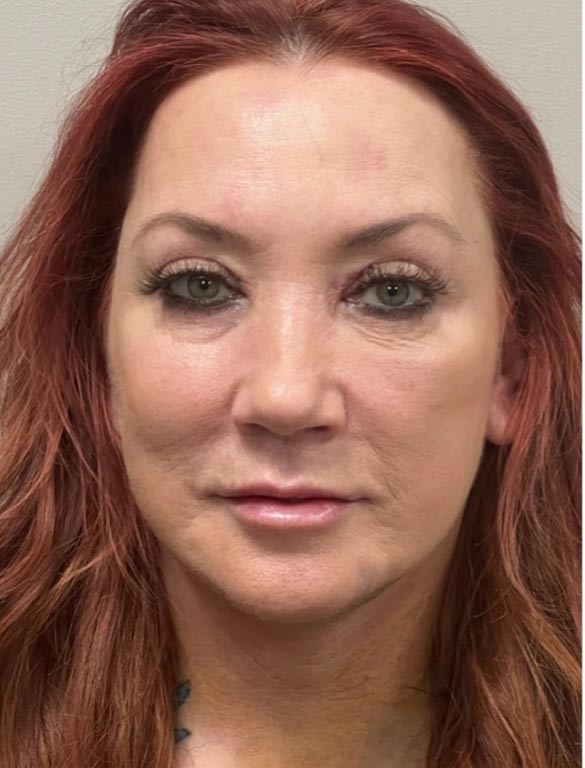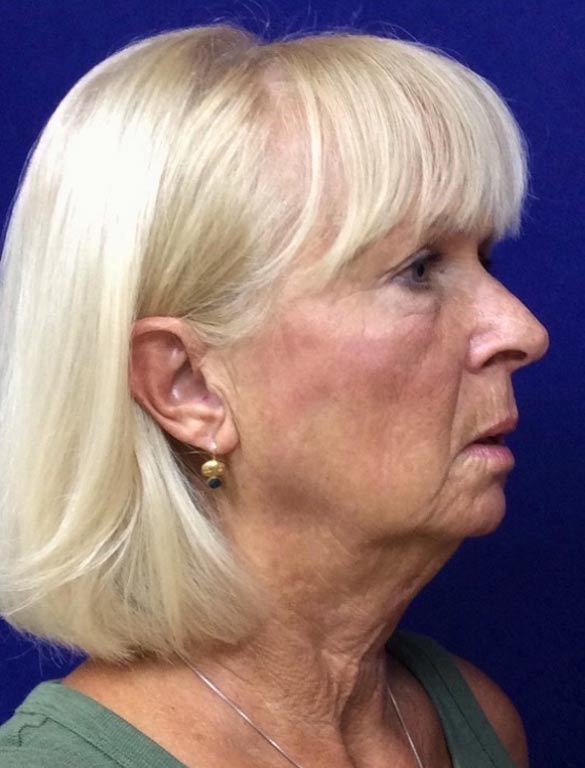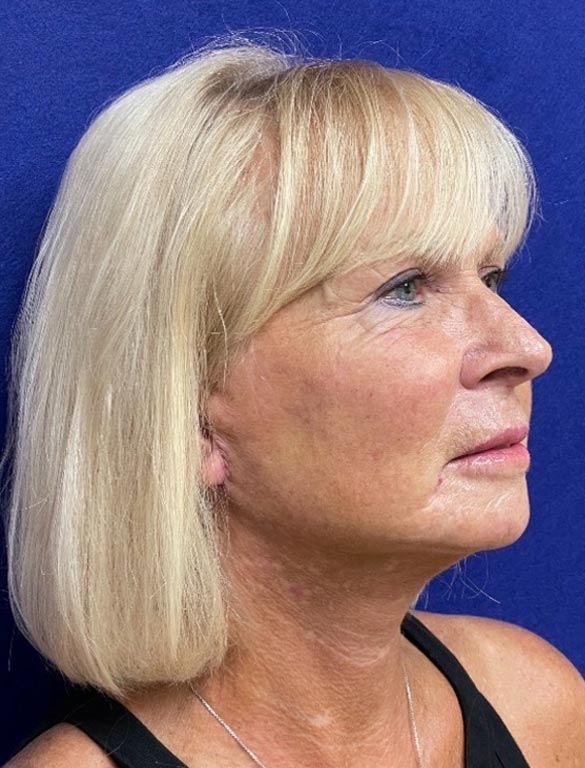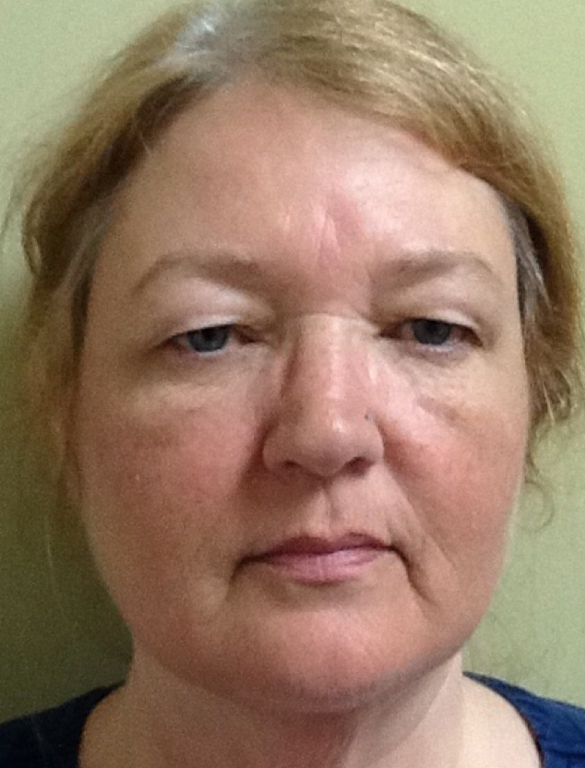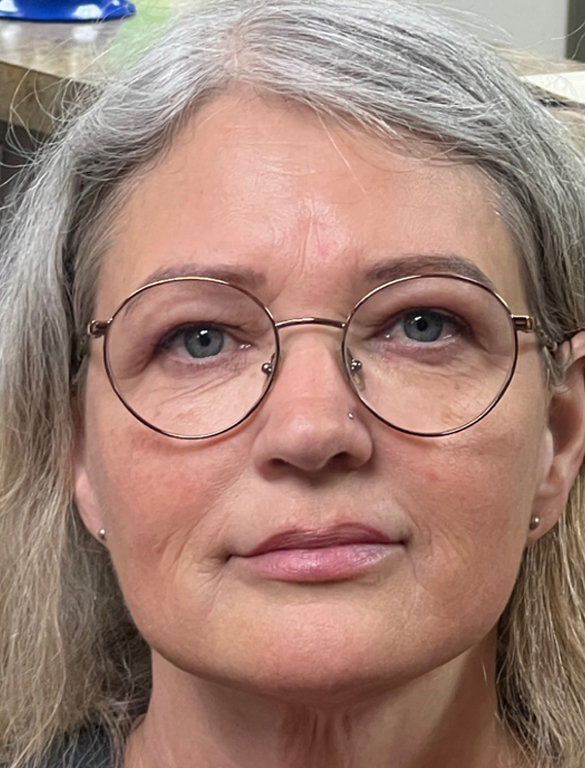When it comes to skin conditions that dermatologists look out for, the top priority is identifying skin cancer. Being diagnosed with cancer can be scary and difficult for anyone to handle, but an early diagnosis will help you with effective treatment options before the cancer spreads. Skin cancer is more frequently found in those who are frequently sunburned and have fair skin tones. Skin cancer can be superficial or lead to additional concerns that need to be dealt with right away. Dermatologists provide skin cancer screenings and recommend them for those with risk factors. These risk factors can include using tanning devices frequently, repeated x-ray exposure, scar tissue from disease or burns, exposure to tar, coal, or arsenic, immunosuppression, or simply having a family history of skin cancer. If you have even just one of these risk factors, we highly recommend you schedule a skin cancer screening every year.
ABCD Screenings
Screenings for skin cancer do not have to be a lengthy or troublesome experience. Most dermatologists utilize an ABCD approach to identify skin cancer. ABCD stands for Asymmetry, Border, Color, and Diameter. When a dermatologist observes a specific change in either of these four factors, you may be at risk for skin cancer. Specifically, dermatologists are looking at skin spots and moles to see if any of these four factors have become present. Here is what they specifically look for:
Asymmetry – Dermatologists will observe if the skin spots or moles are asymmetrical. Normal moles and skin spots are typically symmetrical with each side presented like the other. Asymmetrical observations may be a sign of skin cancer.
Border – The border of your skin spots and moles will also be looked at. Borders that are clearly developed are healthy and normal. If your dermatologist observes an irregular, scalloped, or poorly defined border you may be at risk for skin cancer. The clearer the border the better.
Color – Skin spots and moles may vary in color naturally. However, they can also develop colors that stand out such as red, white, or even blue. These spots can also be tan, brown, or black. Your dermatologist will specifically tell you what color is naturally and what ones can be an indicator for skin cancer.
Diameter – The last factor observed during your ABCD screening is the diameter and size of the possible melanoma. Cancerous spots are typically larger than six millimeters. They can also be smaller but are less frequent.
Skin Cancer Treatment
Your skin cancer screening can help identify one of various different skin cancers. The most common types include melanoma, basal cell carcinoma, and squamous cell carcinoma. With a variety of skin cancer diagnoses to handle we offer a variety of treatment options to help you. These treatments are designed to completely remove the skin cancer and leave you cancer free. Take a look at our available treatments:
Removal and Excision – Perhaps the most common form of skin cancer removal is through a simple removal or excision. When we identify skin cancer earlier, we can simply remove it from the skin tissue while it is relatively small.
Mohs Surgery – More developed forms of skin cancer may require a more in-depth removal called Mohs Surgery. This type of skin cancer removal is precise and microscopic. Thin layers of affected skin tissue are removed progressively, leaving only behind cancer-free tissue in the treated area. Mohs surgery has been around since 1938 with long lasting results.
Cryosurgery – Another frequent treatment option we utilize is cryosurgery. The identified skin cancer is removed by directing extreme cold to the tissue effectively destroying it. The skin cancer will be frozen and effectively removed for permanent results.
Laser Surgery – Another form of surgical treatment is laser surgery. The skin cancer tissue will be removed with laser technology instead of a scalpel. This option is used for more pronounced forms of skin cancer that cannot be removed by hand.
Lymph Node Surgery – If the skin cancer tissue has spread to your lymph nodes you may require lymph node surgery. This treatment option identifies the additional removal of lymph nodes found close to the skin’s surface.
Photodynamic Therapy (PDT) – Other more developed forms of skin cancer may require photodynamic therapy. This two-stage treatment option uses light energy and a photosynthesizer to permanently destroy cancerous cells. Specific wavelengths are used by the laser to have an effective treatment.
Curettage and Electrodesiccation – When your skin cancer diagnosis involves basal cell and squamous cell carcinomas you may require curettage and electrodesiccation. This treatment involves scraping the cancerous tissue with a curette. This treatment is often more painful than the other and can leave more potential side effects.
Treatment Plan with Skin & Vein Center
As you can see, we offer a comprehensive screening and thorough treatment options to handle any form of skin cancer. Call today to schedule your free consultation for skin cancer.

